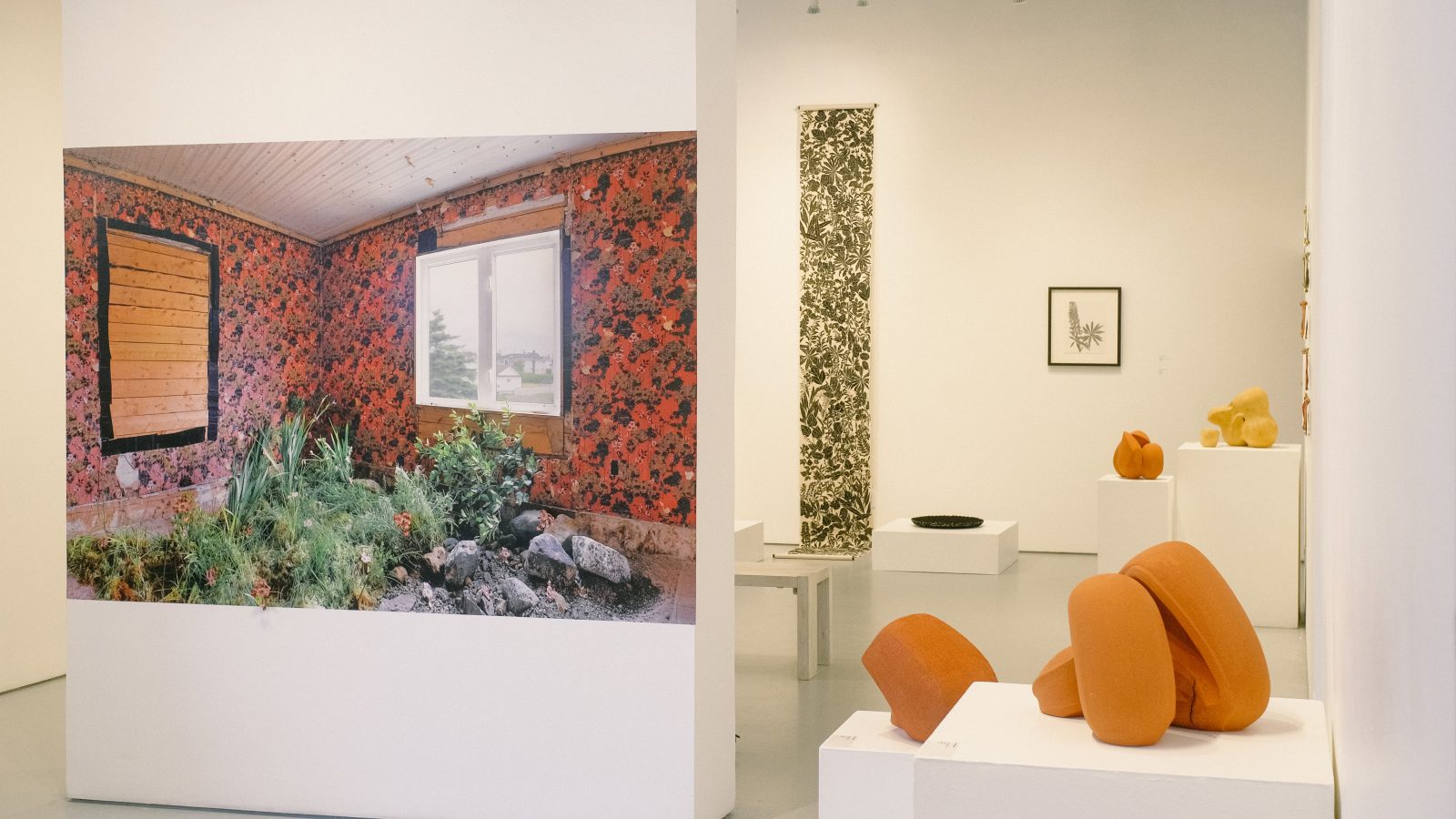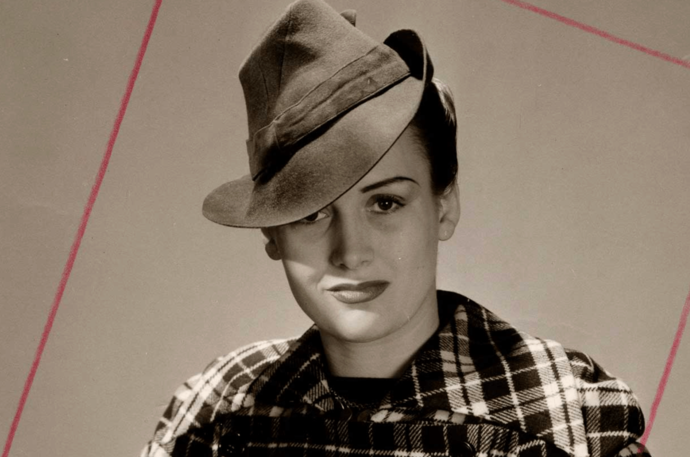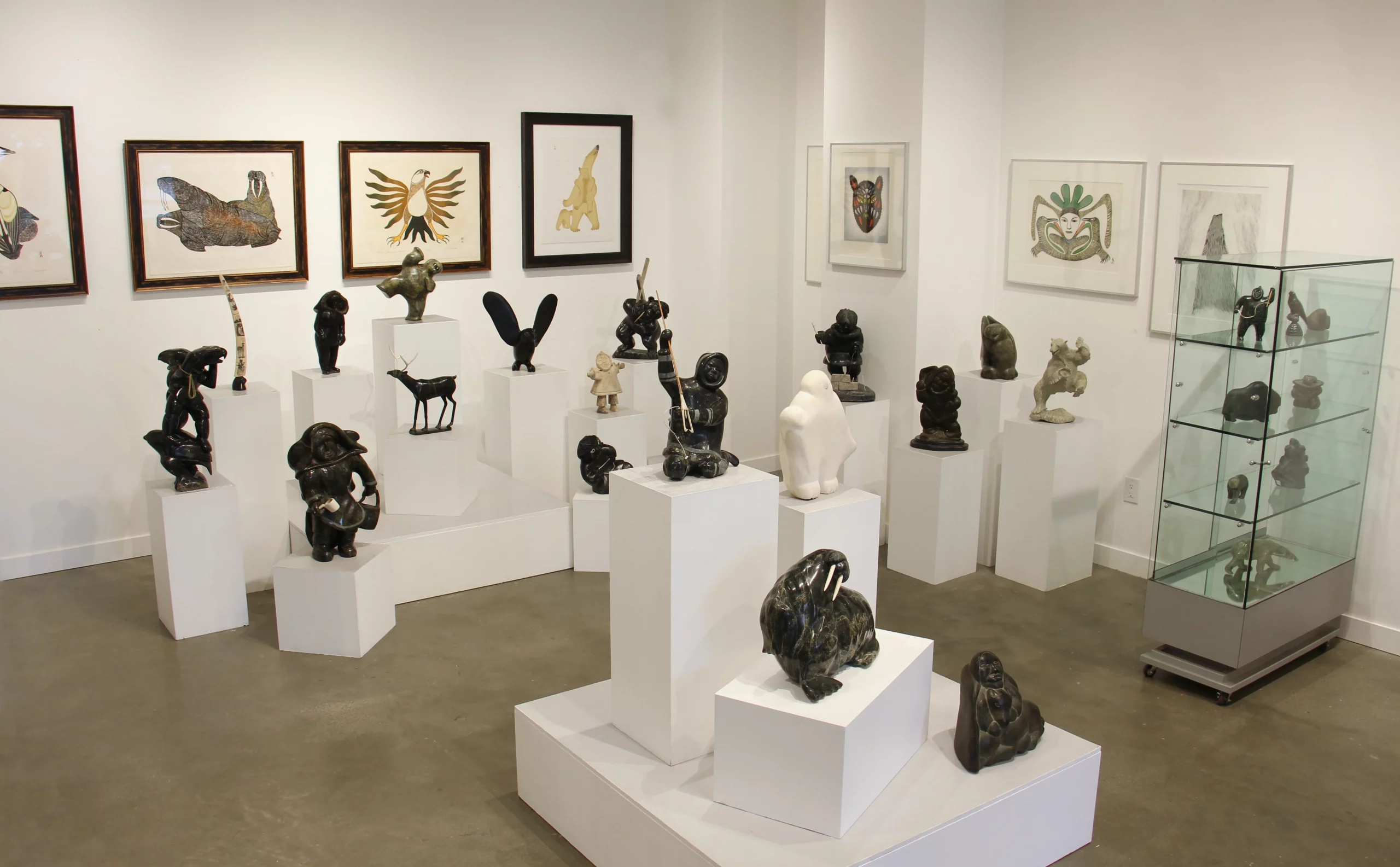
There is always so much to explore and discover in Lower Lonsdale, whether you are a first-time visitor or an experienced local! With so many local galleries, museums, pop-up exhibitions, and public art displays, there is something for everyone. Most of these experiences are also free or low-cost, which makes supporting cultural enrichment within the community that much easier. Here is what is happening in Lower Lonsdale:

Date: November 7 – February 1
This exhibition explores one of the most intense and productive chapters in the professional life of American photographer Lee Miller. Between 1932 and 1945 Miller was a renowned portrait photographer running her own studio in New York (1932—1934), a photographer for perfume and cosmetic brands in advertising (1939—1945), and a fashion photographer and war correspondent for the British edition of Vogue (1939—1945). This short time span encompasses a rich history in which the photographer moved between and linked her various practices. Miller’s diverse professional activities, and the ease with which she stepped from one context to another, reveal a photographer whose work was defined primarily by its exchange and commercial value. Lee Miller: A Photographer at Work reveals the inner dynamics of managing a photography career amid the myriad challenges facing professional women at the time. The exhibition offers a rich and complex portrait of this important figure, previously known best for her collaboration with American artist Man Ray and her close ties to the Surrealist movement of the 1920s.
The works of Los Angeles-based artist Charlotte Zhang are inscribed with the histories of petty criminals, rogues, ruffians, and indeed tireslashers (her contemporary variant on labels found as far back as Elizabethan Era moralizing rogue pamphlets). Such outlaws, she observes, both threaten the very idea of property/propriety that define upright members of society, and they personify the fantasy of individualism and heroic citizenship. The most powerful actors in the system (politicians, law enforcement) take pleasure in styling themselves after the very same people whom they criminalize and subjugate. The rogue is both damned and heroized. The coney and the coney catcher are two sides of the same coin.
For her first solo exhibition in Canada, Zhang combines Bloodsport/Playground Rules (2023—ongoing), a series of sculptures crafted from public bench dividers (engineered to prevent people lying down); together with Rogue Pamphlets (2025—ongoing), a new series of hand-sewn collages, printed on variously textured fabrics using the sublimation dye technique. The effect is rich in colour, evoking Tudor tapestries and Baroque paintings, and intricately coded with survival tactics for now and tomorrow.
An artist who moulds language as deftly as any tangible material, Zhang’s chosen vocabulary of sumptuary law, colonial bandits, ‘degenerate’ Others, effacement, disguise, disappearance, and the mythical Ring of Gyges makes imaginative links across five centuries of civic strife. These terms are also interwoven into her first feature film, Tycoon, which the artist describes as “a deconstructed hard-boiled mystery about two young grifters coming of age against the backdrop of a near-future Los Angeles, marred by Olympics turmoil and cockroach conspiracies.”
Produced with support from The Canada Council for the Arts, Model City Auto and The Polygon Gallery, Tycoon will have its gallery premiere in February 2026, as part of this exhibition’s public programming.

Few collections manage to shift the ground beneath our feet, to make us pause and reorient our understanding of a cultural tradition as vital and enduring as Inuit sculpture. Legacy in Stone is one such show—an extraordinary gathering of more than thirty museum-quality sculptures that collectively offer an unparalleled highlight of the past seven decades of Inuit artistic excellence.
Featuring an all-star roster of artists, this collection is not merely a celebration of Inuit art, but a bold and definitive statement about its place in the global history of sculpture. These are the names that have shaped generations of artists and collectors alike, and to see their greatest works side-by-side is nothing short of revelatory.
That this collection has gathered so many landmark pieces in one place is truly remarkable. That nearly all of them would not be out of place in a major museum collection speaks to the curatorial rigor and passion behind the original collector. This is not just a “greatest hits” compilation—it is a serious and deeply considered meditation on the evolution of Inuit sculptural tradition, from its early commercialization in the 1950s through the explosive innovation of the 1970s and into the confident, expressive modernism of the present day.

Date: November 21 – December 7
Cost: Free
Oasis of Abstraction brings together the work of Nova Scotia–based painter Samantha Battaglia and Ontario artist Lawrence Morton. Battaglia’s fractured geometric abstractions evoke shifting architectural and landscape forms, while Morton’s luminous colour fields unfold as meditative horizons. Together, their works create an oasis within abstraction—a space of balance and stillness where form and atmosphere converge, inviting the viewer to pause, reflect, and breathe.
Cost: Free
Date: Ongoing
Cost: Free
Keith Jack Gallery hosts original fine art from local artists rotating every couple of months.